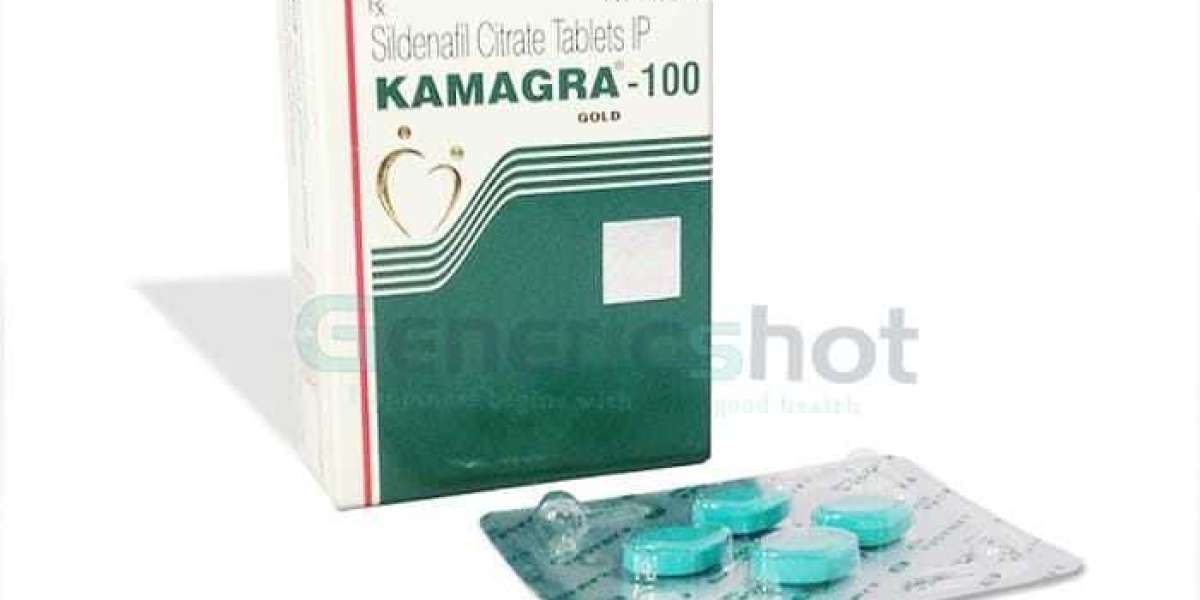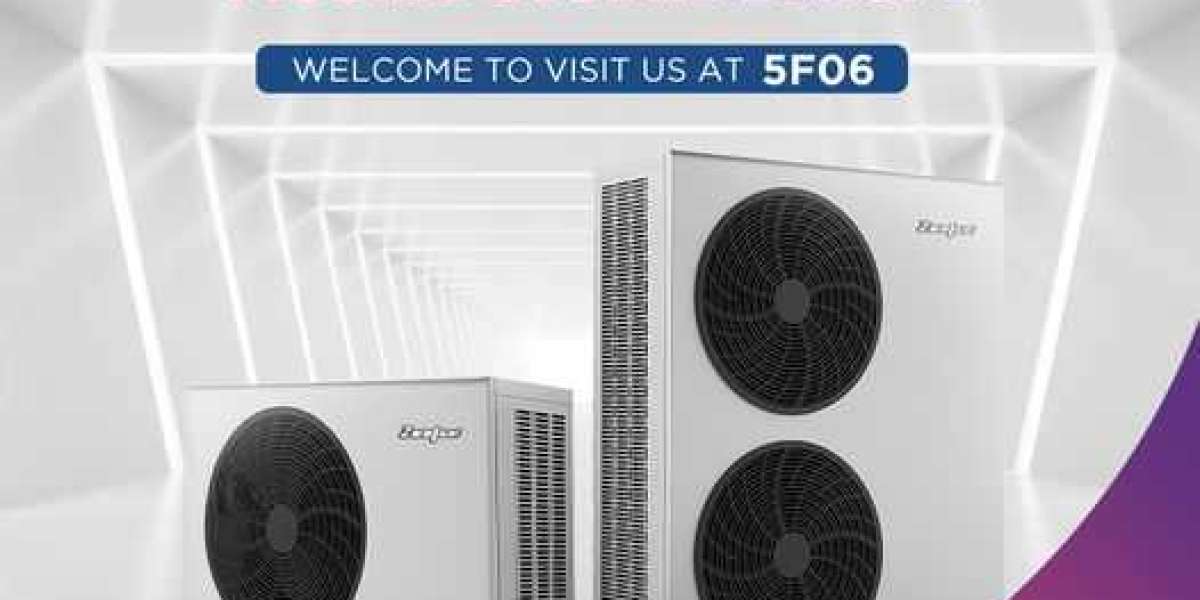Introduction
The Cardiac Ablation Catheters Market is at the forefront of revolutionizing cardiac care and treatment. These catheters have emerged as vital tools in the management of various cardiac arrhythmias, offering minimally invasive solutions to patients suffering from irregular heart rhythms. With the growing prevalence of cardiac diseases worldwide, the demand for cardiac ablation catheters has surged, and this market is expected to witness significant growth in the coming years.
Understanding Cardiac Ablation Catheters
Cardiac ablation catheters are medical devices used in the treatment of cardiac arrhythmias, which include conditions like atrial fibrillation, atrial flutter, and ventricular tachycardia. These catheters are designed to deliver energy, such as radiofrequency or cryothermal energy, to the targeted areas of the heart to destroy or isolate abnormal electrical pathways responsible for arrhythmias.
Market Drivers
1. Rising Cardiovascular Disease Prevalence: The prevalence of cardiovascular diseases is on the rise globally, driven by factors like sedentary lifestyles, unhealthy diets, and an aging population. As cardiac arrhythmias are often associated with these conditions, the demand for cardiac ablation catheters is increasing.
2. Minimally Invasive Procedures: Patients and physicians are increasingly opting for minimally invasive procedures to reduce recovery times and complications associated with open-heart surgeries. Cardiac ablation procedures using catheters offer a less invasive alternative, boosting market growth.
3. Advancements in Technology: Ongoing advancements in catheter technology, including the development of contact force-sensing catheters and 3D mapping systems, are enhancing the precision and success rates of ablation procedures. These innovations are driving the adoption of these devices.
4. Aging Population: The aging population is prone to cardiac arrhythmias, and as the world's elderly population grows, the demand for cardiac ablation catheters is expected to increase.
5. Increasing Awareness: Growing awareness about the effectiveness of cardiac ablation procedures and their benefits over traditional treatments is leading to a higher acceptance rate among patients and healthcare providers.
Market Challenges
1. High Costs: Cardiac ablation procedures can be costly, which may limit their accessibility in some regions. Reducing the overall cost of these procedures is a challenge for manufacturers.
2. Regulatory Hurdles: The cardiac ablation catheters market is subject to rigorous regulatory requirements, which can slow down product development and market entry.
3. Competition: The market is highly competitive, with several established and emerging players vying for market share. This competition can lead to pricing pressures and a focus on innovation to stay ahead.
Market Segmentation
The cardiac ablation catheters market can be segmented based on product type, technology, application, and region:
1. Product Type: The market includes various types of catheters such as radiofrequency ablation catheters, cryoablation catheters, laser ablation catheters, and microwave ablation catheters.
2. Technology: Technologies like contact force-sensing catheters, 3D mapping systems, and robotic-assisted catheter ablation systems are shaping the market.
3. Application: The primary applications include atrial fibrillation ablation, ventricular tachycardia ablation, atrial flutter ablation, and others.
4. Region: Geographically, the market can be divided into North America, Europe, Asia-Pacific, Latin America, and the Middle East Africa.
Conclusion
The Cardiac Ablation Catheters Market is poised for significant growth in the coming years due to the increasing prevalence of cardiac arrhythmias and the growing demand for minimally invasive procedures. Technological advancements and a focus on improving patient outcomes will continue to drive innovation in this field. However, challenges such as high costs and regulatory hurdles must be overcome to ensure that these life-saving technologies are accessible to a broader population. As the market evolves, it holds the promise of transforming the landscape of cardiac care, offering hope to millions of patients worldwide.







